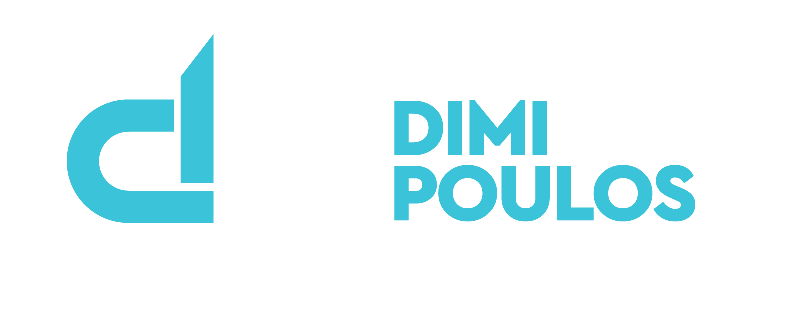The repetitions you choose will elicit a desired response
Strength training should be performed using reps between 1-5 for each set. If you want to build muscle you should be focusing on the 8-15 rep range, potentially extending as far as 20 reps per working set.
In a beginner lifter you will notice that in the first 2-3 months of their training they will make significant strength gains. Despite the reps performed, in the beginning stages neural adaptations predominate the underlying characteristics associated with the increase in muscle force production (strength gain).
After approximately 2-3 months, this is where noticeable muscle gain can start to appear and this is the point in time where you have to decide what you’re training for.
Strength or body composition?
Once you get to this point, choosing reps between 6-10 is a good start as it will allow you to get a little stronger and gain some muscle at the same time. Staying in this rep scheme for too long won’t allow you to unlock your true strength potential; nor will it allow you to make your greatest muscle gain possible, but it does offer a good starting point.
Training to build lean muscle tissue
Hypertrophy training is designed to increase the size or physiological cross-sectional area (PCSA) of the muscle. It is trained under slow controlled environments mostly in isolation and incorporates compound movements such as the squat and deadlift.You can train it two ways:
- Using low reps (6-8) and high loads:
Pros:
- Higher loads have more cross over to type II muscle fibres making it a better option for athletes looking to gain size while maintaining performance.
- Hypertrophic responses are more favourable with heavier loads.
- Can improve strength concurrently.
Cons:
- Greater risk of injury as you’re consistently pushing heavy loads for multiple reps
- Using higher reps (12-20) and lighter loads:
Pros:
- Lower risk of injury.
- Good for people who’ve trained for many years and are avoiding old injuries as you can still maintain or gain muscle tissue.
Cons:
- An acute hormonal response occurs after training that causes testosterone and growth hormone to freely circulate at a higher rate than normal (depending on the type of training). The greater the volume load in a session, the greater the reduction in (post session circulating) testosterone; potentially making it harder to gain muscle tissue over a period of time.
- Easily slip into over-training if you don’t carefully manage overall load.
Training to build strength
If lifting heavy things is your preference, then you need to consider what you’re willing to sacrifice in order to improve your 1 repetition maximum (1RM) and or achieve lifting greatness.
Strength is the ability to produce force against a resistance. For example, how heavy can you lift something for 1 rep? Training in rep ranges between 1-4 using close to maximal loads is what you will need to focus on more often than not in order to improve here.
Pros:
- Lift heavy things and turn heads.
- Have greater potential to become more powerful.
- Improve biomotor ability and resistance to injury. Stronger athletes can become better performers with higher rates of recoverability.
Cons:
- It’s hard.
- Requires a great deal of commitment and concentration during lifts.
- You can’t just get through it when you’re tired or you’ll increase susceptibility to injury.
Conclusion
A beginner lifter is always going to gain strength fast irrespective of reps and sets. Neural adaptation always comes first.
Once you reach the next level and noticeable hypertrophic gains are evident then it’s time to decide what your goal is. While you’re deciding which direction to choose, using 6-10 reps per set will allow you to make small gains in both strength and hypertrophy.
If you’re happy to stay in this phase there is absolutely no problem with that. However, if you have ambitions of strength or building lean mass; be sure to follow an appropriate training plan to suit your goal because the reps you choose will matter.


Great insights and knowledge to power my routines.
Really helpful to understand. I’ve been following your hypertrophy program recently and this gives me clarity on what to expect. Thanks!
Them gains are coming! Great read, Dimi. You’re my go-to coach.